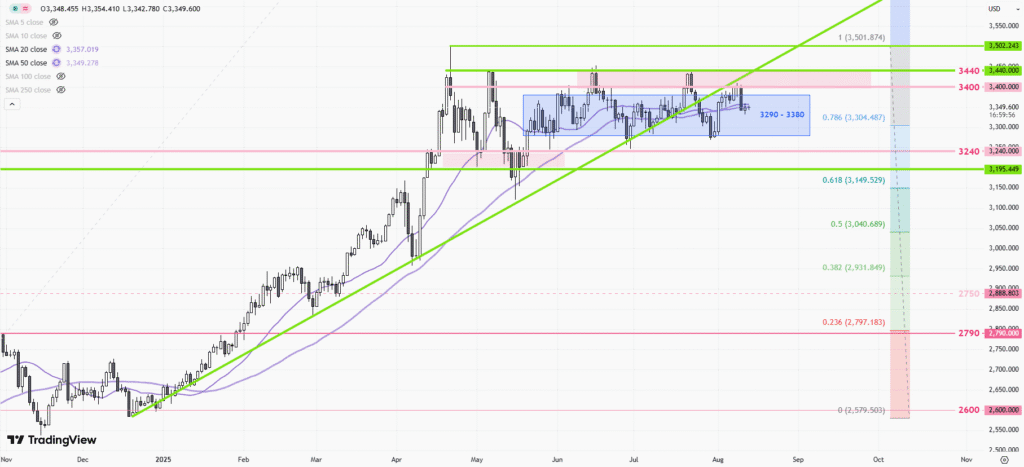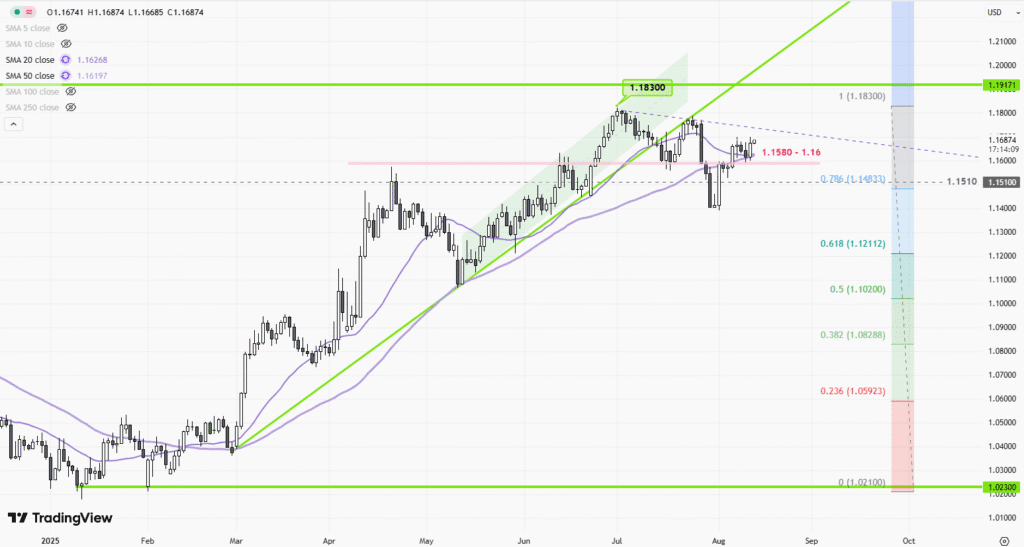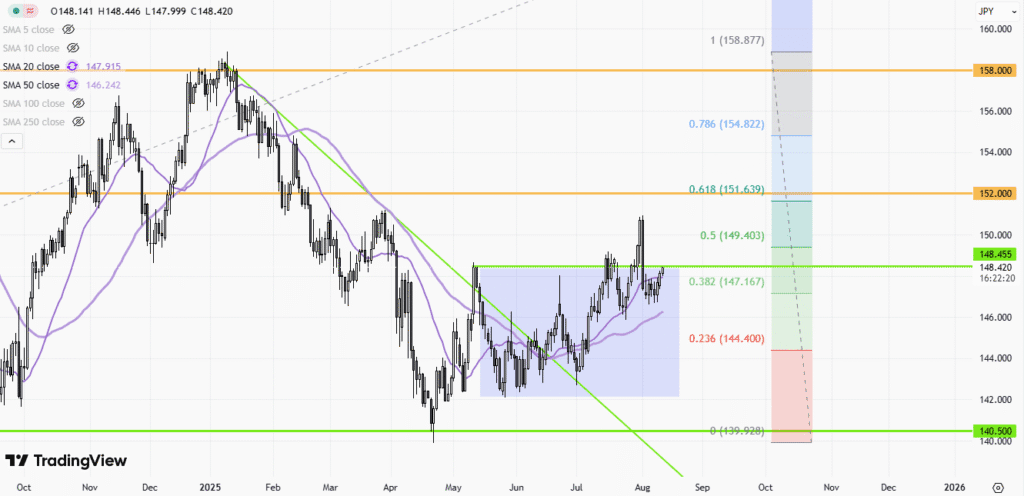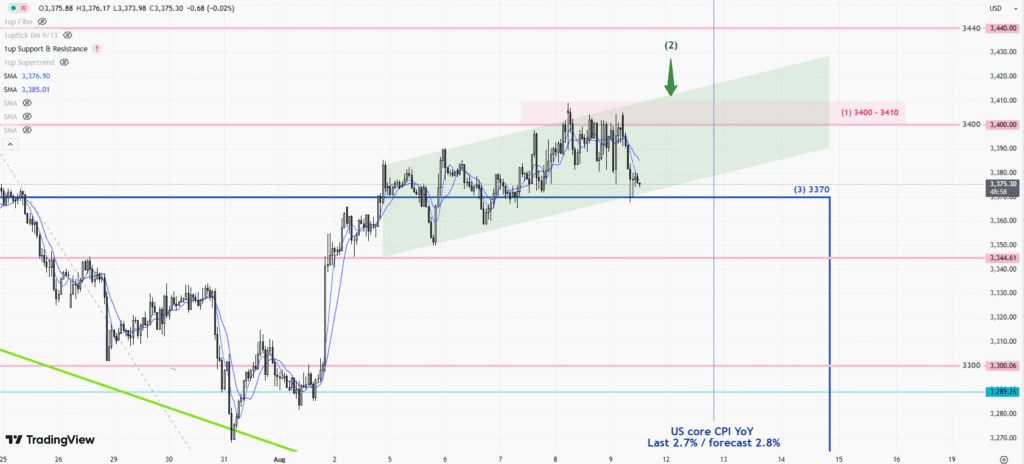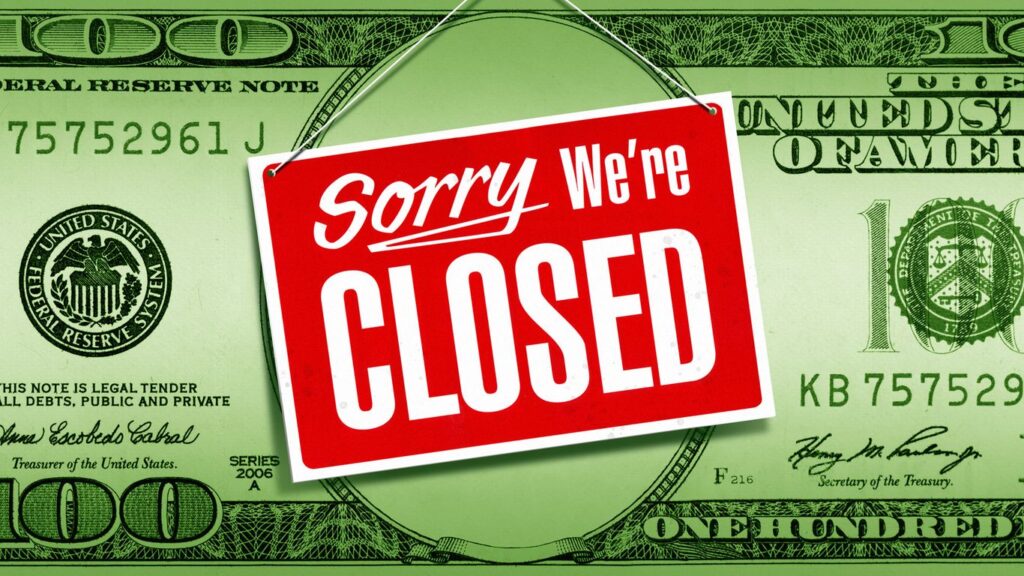 |
| Gold V.1.3.1 signal Telegram Channel (English) |

July 2025 U.S. Inflation Update: Persistent Core Inflation and What It Means for Your Budget
2025-08-17 @ 23:00
July’s inflation data has arrived, and it’s stirring both hope and anxiety among economists, investors, and everyday Americans. After months of progress, inflation is proving to be a stubborn companion to the U.S. economy, and the latest numbers underscore the complex road ahead for policymakers and consumers alike.
Inflation Ticks Up Again
In July 2025, the annual inflation rate in the United States rose to 2.7%, moving up from June’s figure and marking the third consecutive monthly increase. The Consumer Price Index (CPI), which tracks the cost of a broad basket of goods and services, posted a 0.2% month-over-month gain—just a notch below June’s 0.3% increase, which was itself the sharpest monthly rise since January. These numbers suggest that, while inflation isn’t spiraling out of control, the cooling trend seen in late 2024 has clearly lost momentum.
Digging deeper, the so-called “core” inflation rate, which excludes the more volatile categories of food and energy, registered a 3.1% annual rise. This is the highest core reading in five months and a reminder that some underlying price pressures are far from resolved. On a monthly basis, core inflation ticked up by 0.3%, the fastest pace since January.
What’s Driving Prices?
Several trends are pushing prices higher, even as others provide relief. Shelter costs, comprising rent and owners’ equivalent rent, remain the primary driver of inflation, rising 0.2% in July and 3.7% compared to a year ago. This component makes up a significant portion of household budgets and is often slow to respond to broader economic changes.
Other services are also contributing to persistent inflation. Medical care costs are up by 3.5% over the past year, household furnishings by 3.4%, and motor vehicle insurance has seen a notable 5.3% annual rise. Used car prices and airline fares, both sensitive to supply disruptions and consumer demand, rose in July, influencing the month’s uptick.
At the same time, relief is arriving in some key areas. Gasoline prices, which can swing rapidly and have an immediate impact on family budgets, dropped by 2.2% on the month. New car prices also fell, along with lodging and some communication services, which helped counterbalance the upward pressure from other categories. Food prices presented a mixed picture: while eating out became a bit more expensive, grocery prices were down slightly.
The Risk Landscape: Sticky Inflation
For economists and policymakers, “sticky” inflation—where core services and essential expenses remain elevated despite slowing external cost pressures—is a growing concern. While headline inflation has retreated from the multi-decade highs seen during the pandemic recovery, the journey to the Federal Reserve’s target of 2% inflation is proving bumpy.
One key risk is that shelter and services inflation tend to lag behind overall economic shifts. Rents, for instance, respond slowly to changing demand, and insurance or healthcare costs often reflect contracts and regulatory cycles rather than real-time market conditions. The result: even as some goods become cheaper or stabilize, consumers continue to feel squeezed.
Another risk on the horizon is that recent increases in inflation are being driven not by temporary shocks, such as energy or pandemic disruptions, but by more entrenched trends. For example, if wages rise in sync with inflation, higher household incomes can feed back into demand for services, reinforcing price pressures.
What’s Next for Policy—and for Consumers?
The Federal Reserve remains acutely aware of these dynamics and faces a delicate balancing act. Raising interest rates too aggressively could tip the economy into recession, while acting too slowly could allow inflation expectations to become entrenched. Current market sentiment suggests the Fed may pause further rate hikes for now as it monitors the persistence of core inflation and the ongoing evolution of supply chains and wage growth.
For consumers, the bottom line is clear: budget pressures continue, especially in essential spending categories. Households are being forced to make tougher choices, cut back on discretionary expenses, and look for relief wherever possible. The price of goods from overseas is being affected by higher import duties, which retailers are gradually passing on to buyers. This has spread to household furnishings and recreational goods, amplifying the sense that inflation “feels” worse than the headline numbers sometimes suggest.
Looking forward, much will depend on whether trends in shelter and services can be tempered by slowing economic growth and stabilizing supply chains. If not, the U.S. economy may find itself facing a period of persistently elevated inflation—a “risk that’s on our doorstep” and one that will shape policy, markets, and everyday financial decisions in the months ahead.


